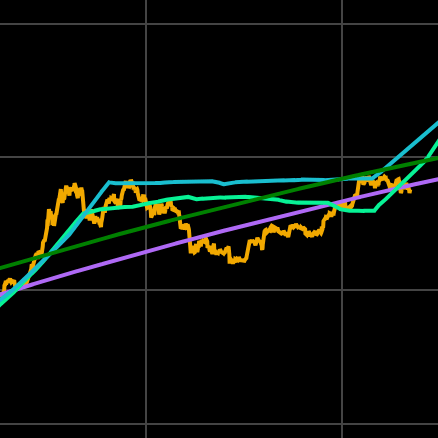
Key Takeaways
- Bitcoin's hashrate may decrease during summer heatwaves.
- The recent halving event cut mining rewards by 50%, squeezing profits.
- Most Bitcoin mining occurs in the U.S., with Texas as a major hub.
Bitcoin’s hashrate, which measures the network’s computing power, may decrease this summer as extreme heat forces miners to reduce operations.
Historically, North American summers lead to a flattening or decline in hashrate due to high temperatures and increased residential energy consumption.
The reduction in hashrate may provide relief for miners facing profit squeezes following the recent halving event, which cut mining rewards by 50%. Despite hitting a record high of 658 exahashes per second (EH/s) on May 25, the hashrate has since dropped by 10% to 589 EH/s as of June 17.
Mining in Texas
Miners’ powerful machines generate significant heat, necessitating more power for cooling during summer months. Blockware Intelligence noted that heat mitigation is a critical operational challenge, often leading miners to shut down operations to manage cooling costs and adhere to power agreements.
Most Bitcoin mining occurs in the U.S., with Texas being a major hub. Data from the University of Cambridge indicates that 37% of Bitcoin mining is based in the U.S. With high summer temperatures, miners in these regions are likely to curtail operations, impacting the overall hashrate.
This seasonal decline could result in lower mining difficulty, easing competition. Some companies, like Riot Platforms, might benefit from curtailing operations through power grid contracts, earning additional income.
Colin Harper from Luxor Hashrate Index remarked:
If hashrate continues to stoop, miners may be graced with a negative difficulty adjustment this week – here’s to hoping!




